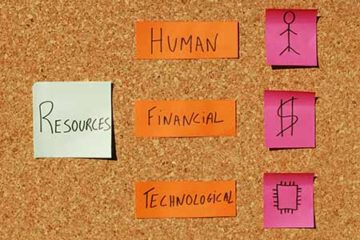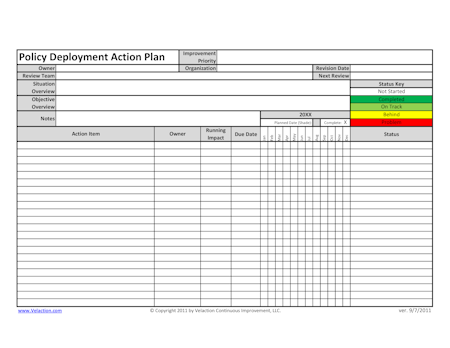Psychology of Lean
Lean tools are relatively simple to implement. Setting up a management system is significantly more complicated, but it is still not the most challenging part of creating a robust continuous improvement culture. That title goes to understanding how improvement and change affects people. Lean psychology is hands-down the hardest aspect of becoming an improvement-oriented organization. Change management relies heavily on psychology. Job satisfaction, negotiating, communication, motivating, rewarding, and adjusting undesirable behaviors all require a deep Read more…






